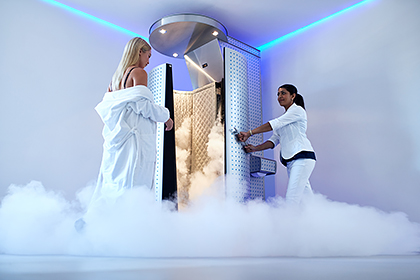Context:
The human body was cryogenically frozen in Australia in the hope that the body could be brought back to life in future.
More on the news
- In May 2024, Southern Cryonics successfully cryogenically preserved its first patient, an 80-year-old man from Sydney, who has been dubbed “Patient One.”

Process of cryopreservation:
- It begins with the stabilisation process, where Southern Cryonic’s team used the latest type of Extracorporeal membrane oxygenation(ECMO) machine (normally used as an artificial heart and lungs for the severely ill), a variant of the heart-lung by-pass machine used in open heart surgery.
- After the eight- to 10-hour stabilisation process, staff placed Patient One’s body in an insulated coffin, and smothered it in dry ice.
- The patient was securely wrapped in a special sleeping bag that stays intact in liquid nitrogen. Patient 1 was then cooled to dry ice temperature.
- The body was then gradually brought to liquid nitrogen temperatures of minus 200 degrees Celsius in the firm’s cooling chamber.
- There Patient One will remain until such time as science can thaw his body, heal whatever killed him and restore his life.
The Scientific Hurdles:
- While biologists have made significant steps in cell regeneration, successfully reviving a cryopreserved human body remains a highly theoretical concept.
- The current capability to regenerate a few hundred cells in a lab environment falls far short of reviving an entire human organism.
- Additionally, the cryopreservation process itself might cause cellular damage, further complicating the possibility of revival.
Ethical Considerations:
- Cryonics raises numerous ethical concerns. The high cost of the procedure raises questions about accessibility and fairness.
- Additionally, the long-term viability of cryopreservation and the potential psychological impact on those who choose it for themselves or loved ones are significant considerations.

